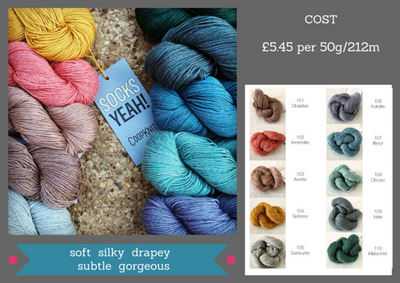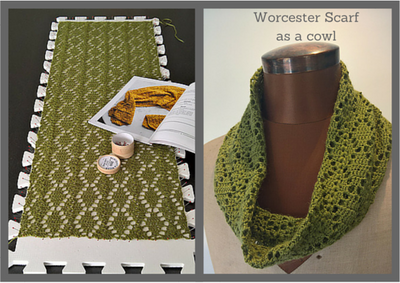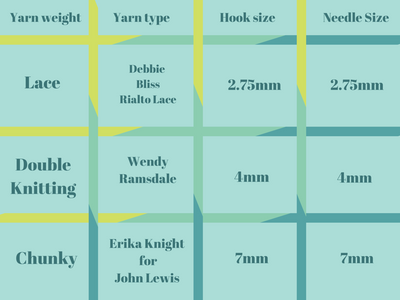The same project can vary greatly from one yarn to the next or one person to the next. Even your level of relaxation can have a massive impact on your finished object (FO). If you are crocheting or knitting whilst stressed, this can lead to tighter tension. I wonder if the opposite is true? Really chilled out crocheting time may lead to very relaxed tension and a looser fabric.
If you look at the examples of the Criss-cross shawls that are on Instagram (#crisscross) or in Ravelry under projects, then you will see just how greatly the shawls differ. Some have a near straight top edge and others look like the peak of Everest like my DK version below.

Why you should wet block your woollens
I'm aware that not everyone wet blocks their FOs, and so here are some good reasons why you should:
1 - Yarn has been through an industrial process, so even before you have dropped it on the kitchen floor or your pet has had a chew on it (I often end up working damp patches into my crochet because my cat has been 'assessing' my yarn), the chances are it had dirt and dust in it. When you wet block for the first time and see just how much dirt comes out of your FO, you will always want to wash your newly finished pieces.
2 - If you are using a yarn with a wool content, then wet blocking with a wool wash that has lanolin in means that you are reconditioning the wool element. Essentially, you are replenishing the lanolin that naturally occurs in wool but is depleted during making of the yarn. Lanolin helps to keep wool’s unique moisture handling capabilities intact and by doing so, helps protect the fibre from degradation over time.
3 - Unblocked FOs are not yet at their best. Stitches can appear uneven and details such as the lattice work on the Criss-cross shawl can just seem a little flat and lifeless. Wet blocking allows you to bring the final object to life, to create the shape that you want and really make those extra elements pop out. You can see below how good the lattice section of Criss-cross looks after blocking.
How to wet block Criss-cross
It's time for blocking to step up and take its moment of glory. Here's how I blocked my DK version of Criss-cross. Follow the numbers shown in the photo, always starting from the middle and working out. By following these numbers, you are blocking the top into a straight edge and evenly pulling each lattice section out. You only need to pin down the bottom part of each lattice section.

By wet blocking your version of Criss-cross in this way, you are adding length, decreasing depth, creating a straight top to the shawl and very importantly making the most of those lattice sections.

Materials used
1 - I used about 170 pins when blocking out this shawl. Using enough pins is essential. Too few and you will create bevels in your item as it dries and contracts. It's far better to use lots of pins than use too few of them.
2 - The DK version of this shawl is a bit of a whopper. I pinned it out to just under 2.5m in length and 47cm in depth, using five large blocking mats all in one line.
3 - And of course I used a wool wash bar that has lanolin in it, even though this shawl is 100% alpaca and alpaca yarn doesn't contain lanolin.
More help with wet blocking
If you want a more visual aid on wet blocking, I pulled together a Comprehensive guide: wet blocking your woollens which can be viewed on YouTube.
Criss-cross
Here's how my DK version of Criss-cross looks after wet blocking. It measures 2.4m long and 47cm deep. It used 260g of Rowan Alpaca Colour in colourway Emerald with a 5mm hook.
I am really rather chuffed with it.











Заказать прогон сайта